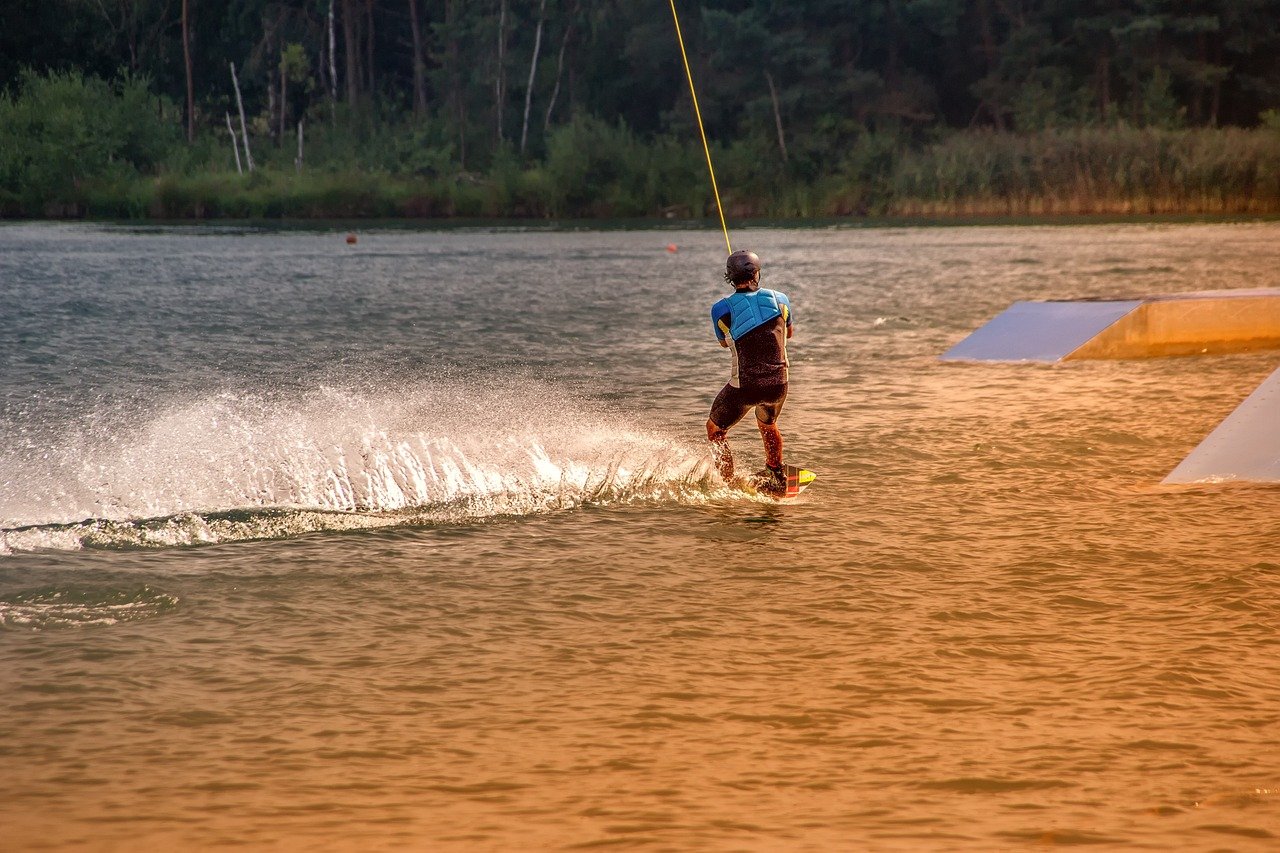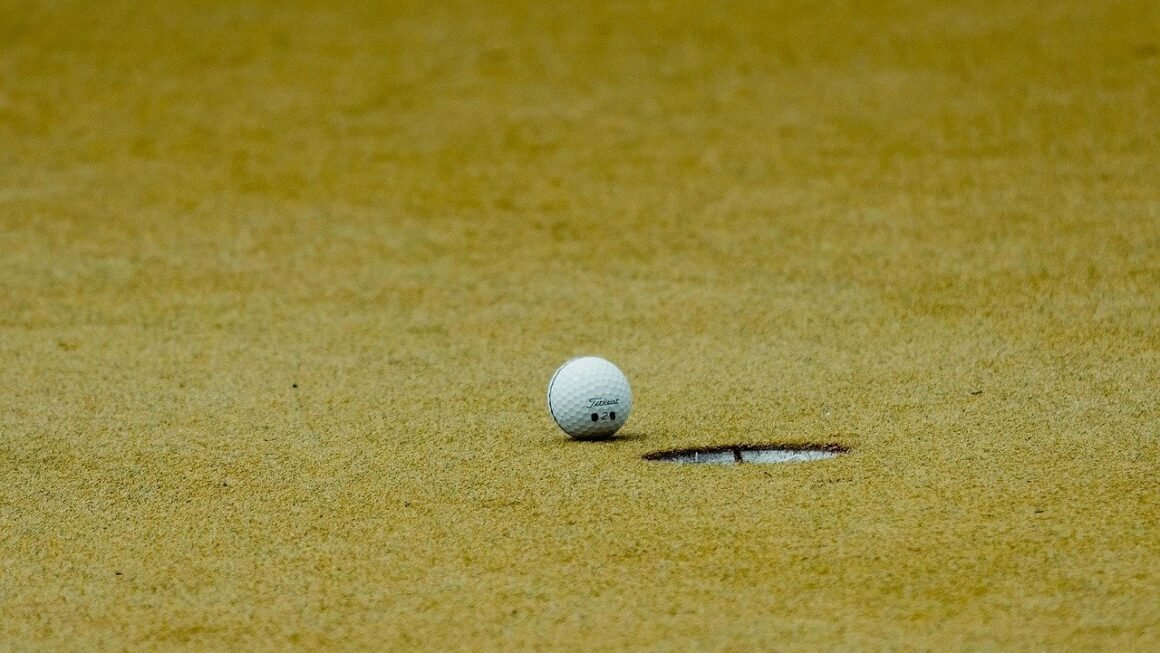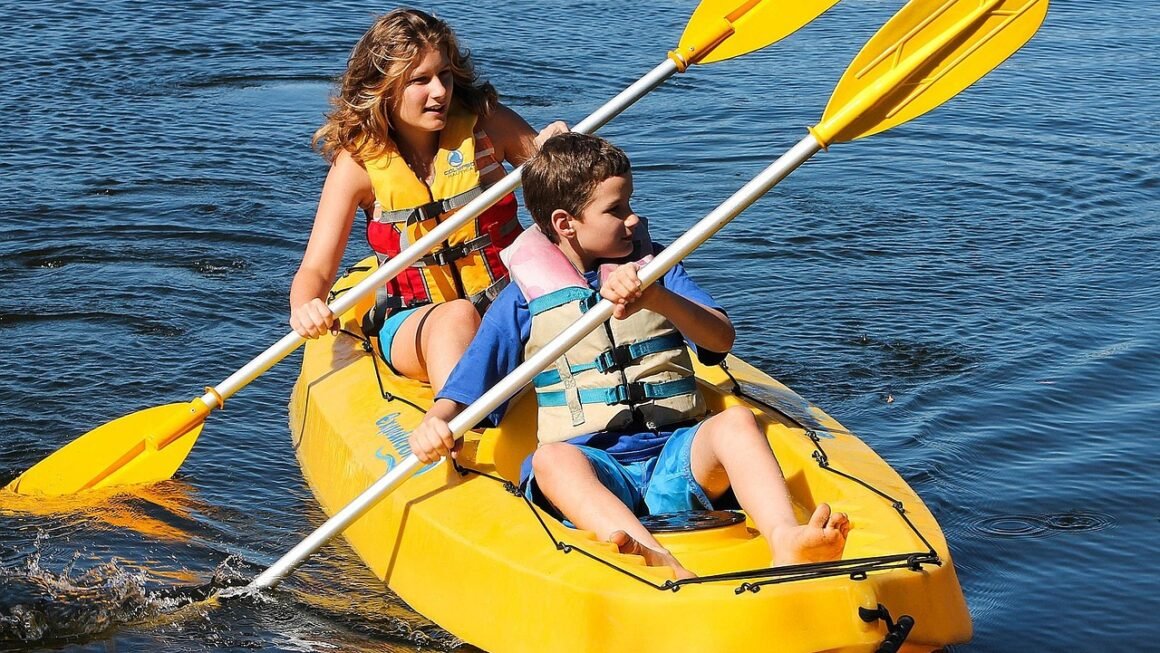From the electrifying speed of the game to the bone-jarring hits and the unbelievable saves, hockey captivates audiences worldwide. Whether you’re a seasoned veteran lacing up your skates or a curious newcomer looking to understand the appeal, this blog post delves into the fascinating world of hockey, exploring its history, rules, and the sheer excitement it offers. Get ready to discover why hockey isn’t just a sport; it’s a passion.
The History and Evolution of Hockey
Origins and Early Development
Hockey’s roots can be traced back to various stick-and-ball games played in Europe during the Middle Ages. However, the modern game of ice hockey as we know it today originated in Canada in the 19th century. Kingston, Ontario, and Montreal are often cited as key locations in its early development.
Early versions of hockey were far less structured than today’s game. Rules were often improvised, and the equipment was rudimentary. The first organized indoor hockey game was played in Montreal in 1875 at the Victoria Skating Rink.
- Key milestones in early hockey development:
Creation of the first standardized rules in 1877 by students at McGill University.
Formation of the Amateur Hockey Association of Canada (AHAC) in 1886, one of the first organized hockey leagues.
The Stanley Cup, originally a challenge cup for amateur hockey clubs, was first awarded in 1893.
The Rise of Professional Hockey
As hockey grew in popularity, the transition to professional leagues was inevitable. The early 20th century saw the formation of several professional leagues, including the National Hockey Association (NHA) in 1909, which later evolved into the National Hockey League (NHL).
The NHL, founded in 1917, quickly became the dominant professional hockey league. Early NHL stars like Howie Morenz and Eddie Shore helped to popularize the game and attract fans.
- Factors contributing to the rise of professional hockey:
Increased fan interest and demand for higher-level competition.
The opportunity for talented players to earn a living playing hockey.
The development of larger, more modern arenas to accommodate growing crowds.
Hockey Around the World
While Canada is often considered the birthplace of hockey, the sport has spread globally, gaining popularity in Europe, Russia, and North America. International competitions like the Winter Olympics and the World Championships showcase the best hockey talent from around the world.
Russia (and previously the Soviet Union) has a rich hockey tradition, producing numerous world-class players and consistently competing for international titles. Sweden, Finland, and the Czech Republic are also hockey powerhouses.
- Key international hockey events:
The Winter Olympics: Features national teams competing for gold, silver, and bronze medals.
The IIHF World Championships: An annual tournament featuring the top national teams in the world.
The World Junior Ice Hockey Championships: A tournament for players under the age of 20.
Understanding the Rules and Gameplay
Basic Rules and Regulations
Hockey is a fast-paced, physically demanding sport with a complex set of rules. The objective of the game is to score by shooting the puck into the opposing team’s net.
A standard hockey game consists of three 20-minute periods, with intermissions between each period. If the score is tied at the end of regulation time, an overtime period is played, followed by a shootout if necessary (depending on the league or tournament rules).
- Key rules and regulations:
Offsides: A player cannot enter the offensive zone before the puck.
Icing: A player cannot shoot the puck from behind their own blue line to the opposing team’s goal line without the puck being touched by another player.
Penalties: Infractions of the rules can result in penalties, ranging from minor penalties (2 minutes) to major penalties (5 minutes) and game misconducts.
Key Positions and Roles
A hockey team consists of six players on the ice at a time: a goaltender, two defensemen, and three forwards (a center and two wingers). Each position has specific responsibilities and roles.
The goaltender is responsible for preventing the opposing team from scoring. Defensemen focus on protecting their own zone and supporting the offense. Forwards are primarily responsible for scoring goals and creating offensive opportunities.
- Responsibilities of each position:
Goaltender: Stopping shots, controlling rebounds, and communicating with the defense.
Defensemen: Defending their own zone, blocking shots, and initiating the breakout pass to start the offense.
Forwards: Scoring goals, creating scoring chances, and forechecking to pressure the opposing team.
Penalties and Common Infractions
Penalties are a significant part of hockey, and understanding the different types of penalties is essential for following the game. Common penalties include:
- Tripping: Using the stick or body to cause an opponent to fall.
- Hooking: Using the stick to impede an opponent’s progress.
- Slashing: Swinging the stick at an opponent’s body.
- Cross-checking: Hitting an opponent with the stick held with both hands.
- Interference: Impeding an opponent who does not have the puck.
- Fighting: Engaging in a physical altercation with an opponent. Fighting typically results in a major penalty and a game misconduct.
When a player is penalized, their team must play shorthanded for the duration of the penalty. The opposing team has a power play advantage, which can significantly increase their chances of scoring.
Essential Hockey Equipment
Protective Gear
Hockey is a contact sport with inherent risks, so protective gear is essential for player safety. The following equipment is mandatory for most levels of play:
- Helmet: Protects the head from impacts.
- Mouthguard: Protects the teeth and reduces the risk of concussion.
- Shoulder pads: Protect the shoulders, chest, and upper back.
- Elbow pads: Protect the elbows from impacts.
- Gloves: Protect the hands and wrists.
- Hockey pants: Protect the hips, thighs, and tailbone.
- Shin guards: Protect the shins from impacts.
- Skates: Provide mobility and allow players to skate on the ice.
- Neck guard: Provides protection against skate blades.
Sticks and Pucks
The hockey stick is the primary tool used by players to control the puck and shoot at the net. Sticks are typically made of wood, composite materials, or a combination of both. Pucks are made of vulcanized rubber and are approximately 3 inches in diameter and 1 inch thick.
Stick flex, curve, and lie are important factors to consider when choosing a hockey stick. Stick flex refers to the stiffness of the stick, while curve refers to the shape of the blade. Lie refers to the angle between the blade and the shaft.
- Tips for choosing a hockey stick:
Consider your skill level and playing style.
Experiment with different flexes and curves to find what feels comfortable.
Consult with a knowledgeable salesperson at a hockey equipment store.
Goaltender Equipment
Goaltenders require specialized equipment to protect them from high-speed pucks. Goaltender equipment is significantly more bulky and protective than player equipment.
- Essential goaltender equipment:
Goalie mask: Provides complete facial protection.
Chest protector: Protects the chest, abdomen, and shoulders.
Blocker: A rectangular pad worn on the hand used to block shots.
Glove (catcher): Used to catch pucks.
Leg pads: Protect the legs and allow the goalie to make saves.
Skates: Goalie skates have a flatter blade for stability.
Strategies and Skills in Hockey
Offensive Strategies
Effective offensive strategies are crucial for scoring goals and winning games. Common offensive strategies include:
- The breakout: Transitioning from defense to offense by passing the puck out of the defensive zone.
- Forechecking: Pressuring the opposing team in their defensive zone to force turnovers.
- Cycle play: Maintaining puck possession in the offensive zone by passing the puck between players.
- Power play: Utilizing the man advantage to create scoring opportunities when the opposing team has a penalty.
Successful offensive play relies on teamwork, puck movement, and quick decision-making.
Defensive Strategies
Solid defensive play is equally important for preventing goals and protecting the lead. Common defensive strategies include:
- Zone defense: Defending a specific area of the ice.
- Man-to-man defense: Assigning each defenseman to cover a specific opposing player.
- Penalty killing: Defending shorthanded when the opposing team has a power play.
- Backchecking: Skating back quickly to help defend the defensive zone.
Effective defensive play requires strong skating, positioning, and communication.
Fundamental Skills
Mastering fundamental hockey skills is essential for success at any level. Key skills include:
- Skating: The foundation of hockey. Includes forward skating, backward skating, crossovers, and stops.
- Puck handling: Controlling the puck with the stick. Includes stickhandling, passing, and shooting.
- Shooting: Accurately and powerfully shooting the puck at the net. Includes wrist shots, slap shots, and backhand shots.
- Passing: Accurately passing the puck to teammates. Includes forehand passes, backhand passes, and saucer passes.
- Checking: Legally using body contact to separate an opponent from the puck (body checking).
- Face-offs: Winning the puck at the start of play or after a stoppage.
Consistent practice and repetition are essential for developing and improving these skills.
The Thrill of Watching Hockey
What Makes Hockey Exciting
Hockey’s fast-paced action, physical play, and unpredictable nature make it a thrilling sport to watch. The combination of speed, skill, and intensity creates a unique and captivating viewing experience.
- Key elements that contribute to hockey’s excitement:
Speed and skill: Players skate at high speeds and execute intricate plays with precision.
Physicality: Body checks, battles for the puck, and occasional fights add to the intensity of the game.
Goal scoring: The excitement of a goal is amplified by the relative infrequency compared to other sports like basketball or soccer.
Playoff atmosphere: The intensity and stakes are raised during the playoffs, creating a particularly electrifying atmosphere.
Rivalries: Intense rivalries between teams create passionate fan bases and memorable games.
How to Follow Hockey
There are many ways to follow hockey, from watching games on television to attending live games and following online news and analysis.
- Options for following hockey:
Television: National and regional sports networks broadcast NHL and other hockey leagues.
Streaming services: Many streaming services offer live hockey games.
Live games: Attending games in person provides the most immersive experience.
Online news and analysis: Websites like ESPN, NHL.com, and The Hockey News provide comprehensive coverage of hockey news and analysis.
Social media: Follow teams, players, and hockey analysts on social media for up-to-date information and insights.
Understanding Hockey Terminology
Hockey has its own unique terminology, which can be confusing for newcomers. Here are some common terms:
- Puck: The vulcanized rubber disc used in hockey.
- Goal: When the puck crosses the goal line and enters the net.
- Assist: A pass that directly leads to a goal.
- Power play: A situation where one team has more players on the ice due to a penalty on the opposing team.
- Shorthanded: A situation where a team has fewer players on the ice due to a penalty.
- Penalty kill: The act of defending while shorthanded.
- Breakaway: A situation where a player has a clear path to the net with no defenders between them and the goaltender.
- Hat trick: When a player scores three goals in a single game.
- Zamboni: A machine that resurfaces the ice.
Conclusion
Hockey is more than just a sport; it’s a thrilling spectacle that combines athleticism, strategy, and raw intensity. From its humble beginnings in Canada to its global reach today, hockey has captivated audiences for generations. Whether you’re a player, a fan, or simply curious about the game, the world of hockey offers something for everyone. So, grab your skates, tune into a game, and experience the excitement for yourself!



